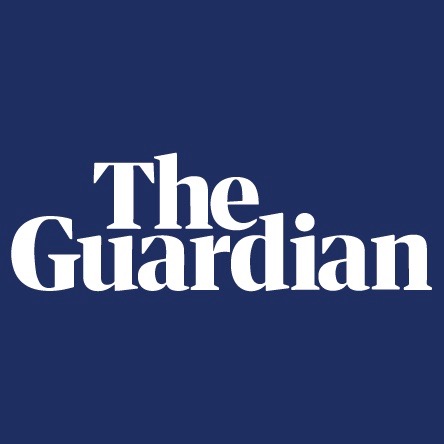INGSA Editorial note: An excellent article that dissects the policy response timeline from Australia, including the intersection points with some of the committees and mechanisms that are advising the government. An insight into the interplay between the politics and the evidence in a multi-level system of governance.
Morrison was slow to move on border closures and restrictions on movement and commerce, according to some. But they will be with us for a long time.
We’ve forgotten this now, because this pandemic has unmoored us. New information about the crisis crests by the minute.
But back in January, the single biggest health and economic calamity of our lifetimes crept towards us slowly. In Australia, we thought 2020 had delivered its worst when the swathes of the coast and country burned, and cities choked in smoke. As we crept towards the Australia Day holiday, we thought we were about to turn the corner.
We were wrong.
By the third week of January, the disaster of Covid-19 was escalating at its point of origin. By 21 January, 198 cases of coronavirus were confirmed in the Wuhan region, with three fatalities. Another 19 cases were reported in other regions of China, and a smattering of infections had turned up in Thailand, Japan and South Korea.
The distant thunder in Wuhan triggered Australia’s bureaucratic machinery for managing a pandemic. The Communicable Disease Network requested a coordinated national health response on 20 January, and Australia’s chief medical officer, Brendan Murphy, convened a meeting of his state counterparts to discuss developments.
The national incident room was activated and Murphy’s group, the Australian Health Protection Principal Committee, endorsed enhanced border measures for the three direct flights a week between Wuhan and Sydney – but not mass screening at airports. The next day, 21 January, Murphy told journalists this was now a “rapidly evolving situation”. Concern had been heightened by events of the “last three or four days”. There was now evidence of human-to-human transmission of Covid-19.



